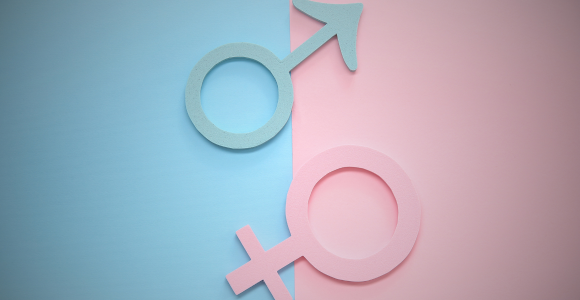
Our reading this week is from the gospel of Luke. And in its cultural context, it’s about gender equality:
As Jesus and his disciples were on their way, he came to a village where a woman named Martha opened her home to him. She had a sister called Mary, who sat at the Lord’s feet listening to what he said. But Martha was distracted by all the preparations that had to be made. She came to him and asked, “Lord, don’t you care that my sister has left me to do the work by myself? Tell her to help me!”
Welcome Readers! Please subscribe to Social Jesus Here.
This is Part 1 of The Bible and Gender Equality
“Martha, Martha,” the Lord answered, “you are worried and upset about many things, but few things are needed—or indeed only one. Mary has chosen what is better, and it will not be taken away from her.” (Luke 10:38-42)
The story of Mary and Martha is unique to Luke’s version of the Jesus story. No other canonical gospel mentions it. It introduces two Jesus followers that John would later tell different stories about (see John 11:1-44; 12:1-8).
A lot has been said throughout Christian history about Mary’s spiritual devotion in this story. Usually these comments emphasize how Mary prioritized “time at Jesus’ feet” over Martha’s preparations to host Jesus and his disciples in their home.
But if that is all we take from this story, we miss the subversive point of this narrative.
First, this story has always bothered me because Martha’s actions as the matron of her home seem to be devalued. The level of work she is doing to make sure Jesus and disciples (even in their claim to need precious little: “few things are needed”) should not undervalued.
And there is a deeper lesson of gender equality, subverting the expected patriarch, too. Not only does the story not name a male householder, giving the impression that Martha is the matriarch of the home, there is a cultural divide under the surface of the story as well. Mary’s actions deeply transgressed cultural, chauvinistic lines that women were not supposed to cross. C.S. Keener explains:
“People normally sat on chairs or, at banquets, reclined on couches; but disciples sat at the feet of their teachers. Serious disciples were preparing to be teachers—a role not permitted to women. (The one notable exception in the second century was a learned rabbi’s daughter who had married another learned rabbi; but most rabbis rejected her opinions.) Mary’s posture and eagerness to absorb Jesus’ teaching at the expense of a more traditional womanly role would have shocked most Jewish men.” (C.S. Keener, The IVP Bible Background Commentary: New Testament, p. 218)
Mary is acting as if she is preparing to be a teacher or a Rabbi herself in the new fledgling movement centered on Jesus’ teachings. Culturally, women would not have been allowed to fill that role. And whereas the disciples would have expected Jesus to put Mary back “in her place,” Jesus praises her for sitting at his feat instead of sending her to the back of the room with the other women. In this new movement, women were not to be treated as less than. Women were to be recognized fully as teachers, too
Still there is more in this story. And we’ll begin unpacking that in Part 2.
Are you receiving all of RHM’s free resources each week?
Begin each day being inspired toward love, compassion, justice and action. Free.
Sign up at HERE.














